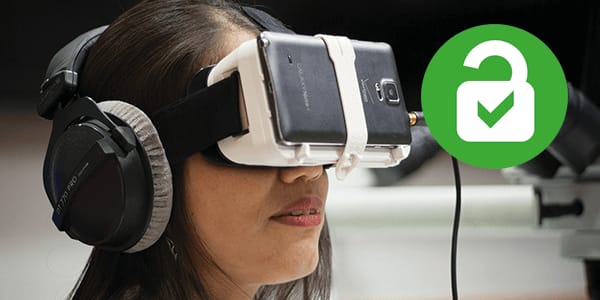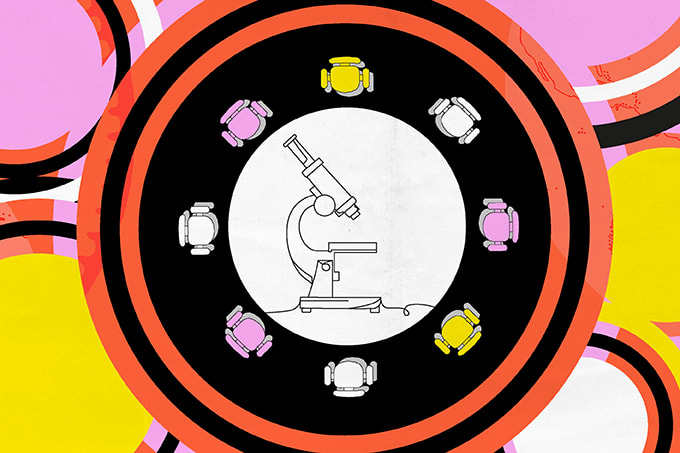Do you know the difference between pathology technicians and macroscopy assistants?
Pathology technicians perform the necessary technical studies to prepare biopsy, organ, or fluid samples for microscopic examination. Technicians are responsible for accepting incoming materials, macroscopic study, tissue follow-up processes, sectioning, staining, preparation, and histopathological processes, as well as macroscopic description, centrifugation, and staining by appropriate smears in cytology laboratories. Pathology technicians graduate with two years of education in most countries; in addition, some countries require a period of work after graduation and certification to specialize in a field of pathology. Examples include cytotechnologists, macroscopists, molecular pathology technicians, histotechnologists, and pathologists’ assistants (PAs).
Macroscopy assistants have theoretical and practical knowledge of general anatomy and histology and perform duties such as sampling specimens in accordance with pathology sampling standards, preparing cross-sections and smears during intraoperative consultations, and storing and transferring specimens under appropriate conditions when necessary. They follow medical ethics and regulations and stay up to date with academic and technological developments related to the profession. All these procedures are performed under the supervision of a pathologist.
By using the skills of a macroscopic assistant, it is possible to standardize the technical skills required for surgical specimen sampling and to increase the general quality of the laboratory. The macroscopy assistant helps increase the lab’s technical capacity by minimizing time spent on routine specimen sampling tasks, giving pathologists more time to solve complex problems.

Professional responsibilities
When macroscopic specimens arrive in the pathology laboratory, the technician must check the information according to the specimen acceptance/rejection criteria, compare the data about the patient to which the specimen belongs with the request paper, and assign each specimen a case number before macroscopic study. They take preventative measures against potential errors during macroscopic study and, if an error does occur, work with pathologists and pathologists’ assistants to identify appropriate solutions.
Macroscopists source and maintain the macroscopy lab’s tools and equipment. At the start of each workday, they perform routine checks on tools and equipment and replace anything that is defective. They are also responsible for the technical follow-up, repair, and cleaning of the macroscopy lab’s tools and devices.
These technicians can perform macroscopic examination of specimens approved by the responsible pathologist. They handle sampling and description and place sections in the appropriate tissue cassettes. Under the supervision of the responsible pathologist, during intraoperative consultations, macroscopists assist in the sampling and cutting process – for instance, bone sampling using a saw – and organize radiological examinations of specimens, such as breast biopsies, lumpectomies, and autopsies.

Macroscopic examination includes ensuring that completed specimens are stored in adequate fixative in appropriate storage containers. Before archiving, macroscopists verify the case numbers on the specimen containers and archive them in order according to their label numbers. When discarding specimens in medical waste boxes, macroscopists ensure that standard protocols and safety guidelines are followed.

Training macroscopists
In the US, PA training is a two-year master’s degree program. The first year of training is dedicated to study of anatomy, medical terminology, embryology, and histology. Students then learn the principles of macroscopic examination, dissection, autopsy, and gross description of specimens. In the second year of training, students are placed in hospital labs to practice their skills under the supervision of a certified PA.
The American Association of Pathologists’ Assistants (AAPA) was established in 1972. Graduates of formal training programs, as well as those trained for three or more years on the job, were eligible for membership by passing the fellowship exam. In 2005, after many years of planning, a national PA certification was established through the American Society for Clinical Pathology (ASCP) – the certifying body for all other laboratory professions in the US. All current AAPA fellows were granted ASCP certification. After that, graduates of PA programs were required to pass the ASCP certification exam; the on-the-job training route to certification was phased out after three years. There are now 12 accredited PA programs in the US and three in Canada. Other countries, of course, also have macroscopy specialists – which is why the AAPA offers international memberships for those outside North America who have appropriate training.

The importance of macroscopic study
Macroscopy is the first step in histopathological examination and one of the most important steps in the pathology laboratory. Accurate microscopic evaluation requires meticulous macroscopic examination. In some centers, junior residents are not permitted to perform standalone sampling because poor macroscopy and block selection can pose a problem for diagnostic evaluation. For example, if the white areas in renal cell carcinoma are not described, sarcomatoid changes may be overlooked. In addition, surgical margin inking is of great importance in cases with tumors; again, oversampling is wasteful and it is critical to sample without exceeding certain limits.
Macroscopy is a serious procedure and personnel must undergo rigorous training to appropriately handle key tasks such as correct fixation, lymph node dissection, and determining tumor dimensions and the tumor’s relationship with surrounding tissue. In particular, macroscopists should have an extensive knowledge of anatomy and the ability to recognize the lesions they see. In addition, they should strive to improve themselves, read, and follow new developments in the field.
Some pathologists may question the need for macroscopic assistants – but a properly trained macroscopy assistant can team up with pathologists to lighten workloads and improve patient outcomes. Surgical margin assessment and sampling is vital in most resections and some excisional biopsies. Error is not acceptable. Therefore, with the right training and skills, macroscopy assistants offer great benefits to the pathologists they work with – and the patients who receive their support.





